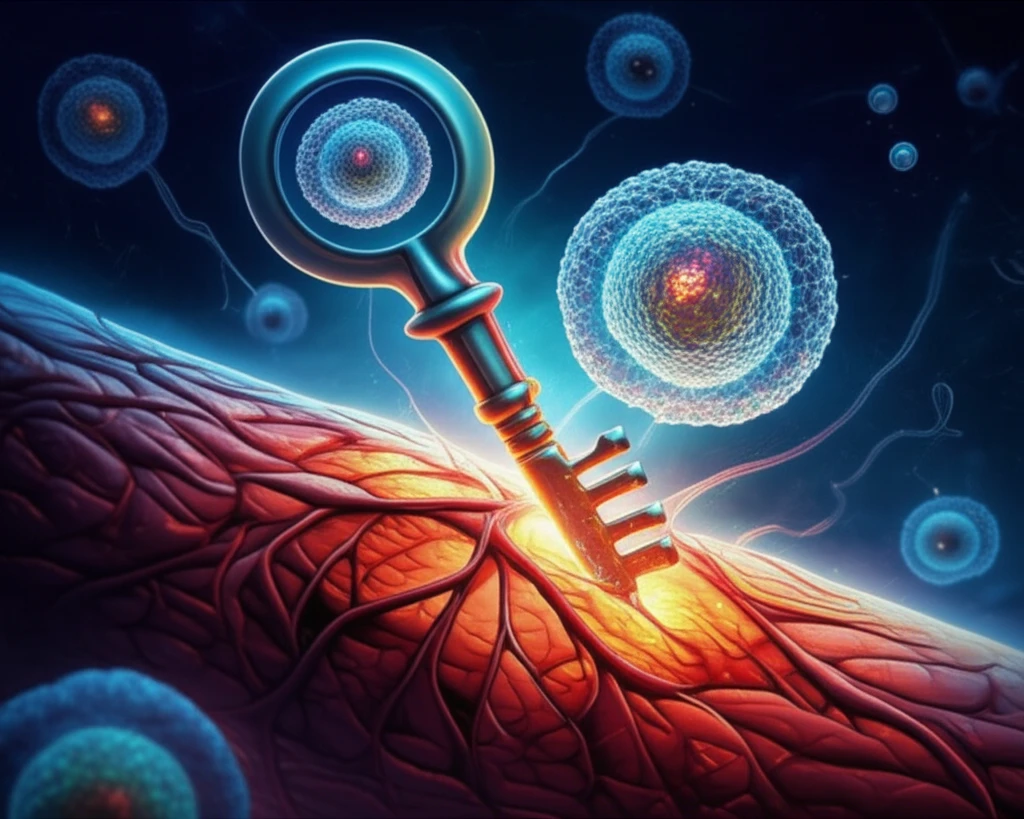
Unlock Your Body's Repair Code: How Muscle Stem Cells Hold the Key to Regeneration
"New research reveals the crucial role of Cdkn1c in muscle stem cell function, offering insights into enhanced recovery and potential therapies for muscle-related conditions."
Our bodies possess an incredible capacity for self-repair, and skeletal muscle stands out with its remarkable ability to regenerate after injury. This process relies on muscle stem cells (MuSCs), the dedicated repair crew of our muscular system. Understanding how these MuSCs function is vital for developing strategies to combat muscle damage and degeneration.
Recent research has shed light on the critical role of a protein called Cdkn1c in regulating MuSC activity. Cdkn1c acts as a master controller, ensuring the delicate balance between MuSC growth, renewal, and differentiation into functional muscle tissue. Disruptions in this balance can lead to impaired muscle repair and various muscle-related disorders.
This article delves into the groundbreaking findings about Cdkn1c's function in adult MuSCs. We'll explore how it affects muscle regeneration, stem cell behavior, and the potential implications for future therapies aimed at enhancing muscle repair and treating muscle diseases.
The Cdkn1c Connection: How It Impacts Muscle Repair

The study highlights that skeletal muscle regeneration is severely compromised after injury in the absence of CDKN1c. Researchers found that when Cdkn1c is missing, muscle repair processes are significantly hindered, leading to:
- Smaller Muscle Fibers: Newly formed muscle fibers are significantly smaller than those in healthy muscle.
- Increased Fibrosis: There's a higher deposition of fibrotic tissue, which impairs muscle function and flexibility.
- Delayed Myofiber Formation: The formation of new muscle fibers is slower and less efficient.
- Impaired Differentiation: Muscle stem cells show a reduced ability to transform into specialized muscle cells.
Future Directions: Harnessing Cdkn1c for Muscle Therapies
This research opens exciting avenues for developing new therapeutic interventions. By understanding how Cdkn1c regulates muscle stem cell activity, scientists can explore strategies to:
Ultimately, a deeper understanding of Cdkn1c could lead to breakthroughs in treating a wide range of conditions, from age-related muscle decline to traumatic injuries and muscular dystrophies.
Further research into the precise mechanisms of Cdkn1c regulation and its interactions with other cellular components will pave the way for innovative therapies that promote efficient and lasting muscle regeneration.
